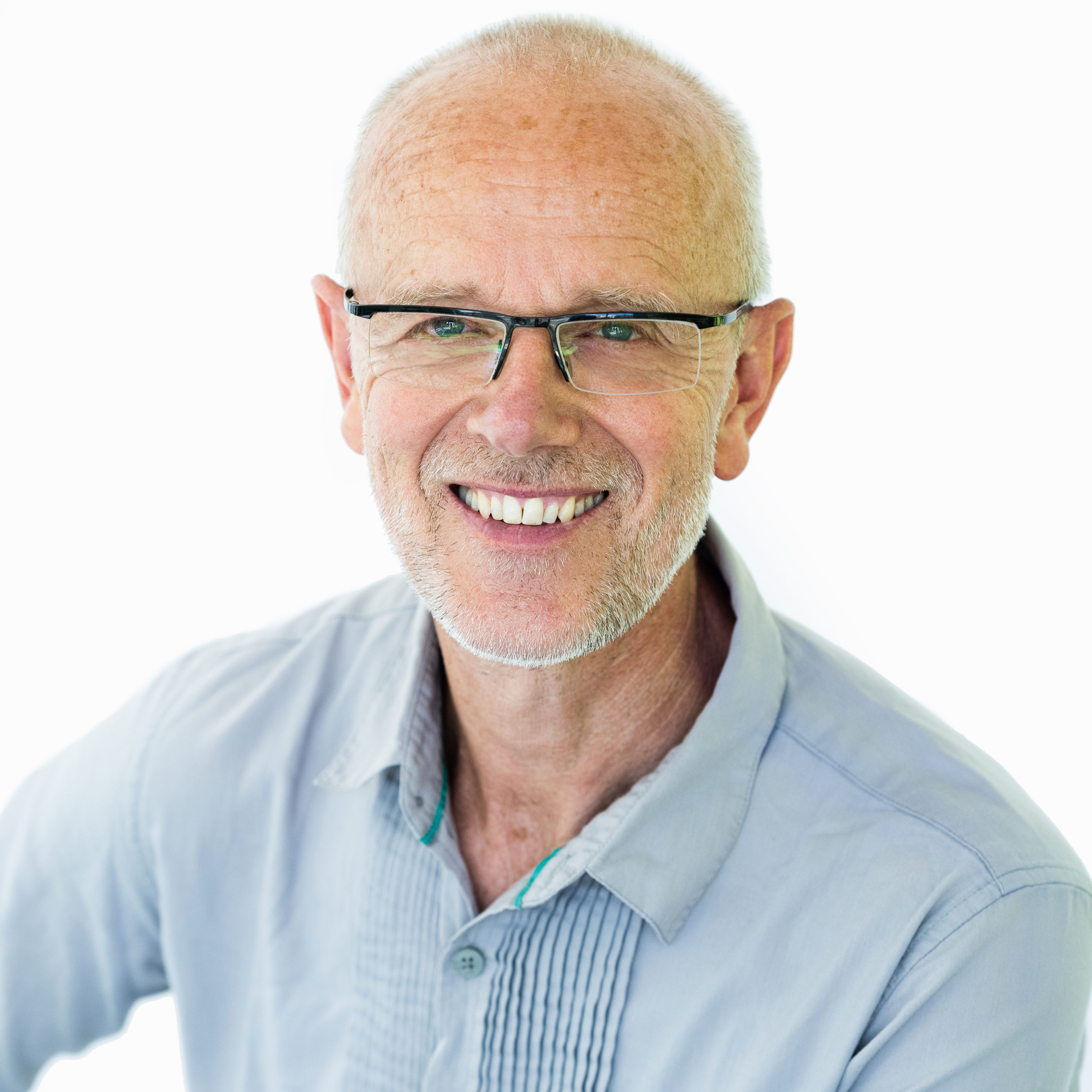Sustaining water through forests
11 October, 2024
Tuesday 11 december 2018
Header photo: Bird’s eye view of mining area. Photo by Mariusz Prusaczyk for Unsplash
In the past decade, there has been a sharp increase in mining, partly fueled by a growing demand for mineral resources needed for the energy transition. This increases the pressure of mining on protected areas and sensitive ecosystems. ‘We observe a growing number of conflicts between interests of the mining sector and the conservation of biodiversity,’ says Mark van der Wal, senior ecologist and advisor on extractives at IUCN NL. ‘Especially in countries with a weak policy framework, National Parks and High Conservation Value Areas are increasingly under pressure.’
Due to the growing demand for mineral resources, there is an urgent need for a standard to organize mining in a responsible and transparent manner. A multi-sector coalition consisting of mining companies, purchasing companies (such as jewelers and electronics manufacturers), NGOs, labour unions and mining affected communities, therefore jointly developed the IRMA standard. ‘IUCN NL and its partner organizations that are committed to the protection of vulnerable ecosystems have actively provided input during the consultation rounds,’ says Van der Wal.
The result is a demanding standard, which was launched in June. ‘Even our highly critical CSO partners see this standard as a good interpretation of what responsible mining is, taking into account communities, employees and natural resources,’ says Van der Wal.
It is now important to push for wide uptake of the IRMA standard. To stimulate this, IUCN NL and VBDO (the Dutch Association of Investors for Sustainable Development) invited Lisa Sumi, Standard Coordinator at IRMA, to speak with various Dutch parties linked to the extractive industry, for example through the import or use of metals or minerals.
Mines can already assess themselves against the standard for responsible mining. This will allow them to provide feedback to improve the standard and to prepare for the independent, third-party audits that will start in the second half of 2019. From then on, mines that meet the rigorous, comprehensive metrics for responsible mining can be certified.
‘Certification is at the level of the mining site, where the impact takes places. Many Dutch companies do not buy directly from the mine, but get their mineral resources at a later stage in the value chain,’ Van der Wal explains. ‘Yet they can start the conversation with their supplier to encourage starting a dialogue with the mining company from which the raw materials are sourced.’
Also governments, policymakers and financial institutions can use their influence to promote certification. In collaboration with VBDO, IUCN NL therefore arranged meetings with financial institutions, NGOs and the parties involved in the IRBC agreements for the gold sector and the metallurgical sector (currently in development).
For more information about the IRMA-standard, visit the website of the Initiative for Responsible Mining Assurance:

